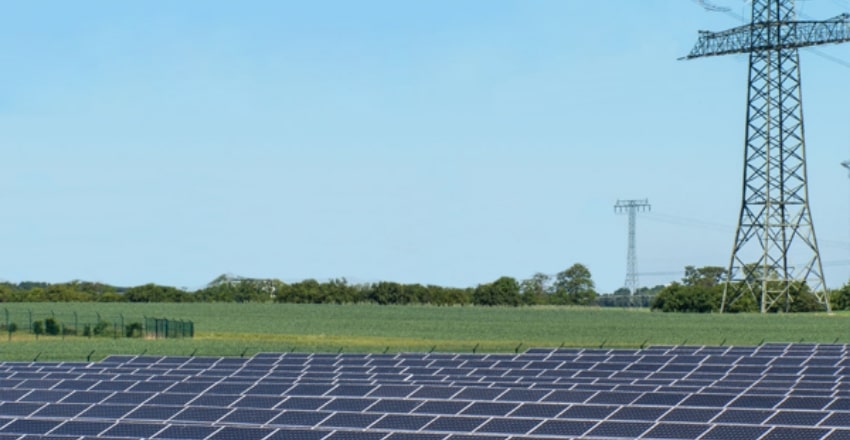As the world’s demand for energy continues to rise, the search for renewable sources of energy has become an urgent priority. One of the leading solutions to this is solar power, with the photovoltaics (PV) industry growing at an unprecedented rate. According to the Global Market Insights Inc, the solar PV market was valued at over $130 billion in 2019 and is projected to exceed $180 billion by 2026.
The growth in the industry can be attributed to numerous factors, including government subsidies, increased public awareness of the importance of sustainability, and technological advancements. The continued decline in the cost of solar panels has also been a significant driver of the industry. Since 2010, the price of solar panels has dropped by over 80%, leading to wider adoption in homes and businesses.
China has emerged as the world’s leading manufacturer and installer of solar panels, with the country accounting for over 70% of the global production capacity in 2019. The Chinese government has heavily subsidized the solar industry, leading to a significant reduction in the cost of solar panels. The country’s rapid industrialization has also boosted the demand for energy and put pressure on the government to seek alternative, cleaner sources of power.

In recent years, many countries have set ambitious targets for renewable energy production, with solar energy playing a crucial role in achieving these goals. The European Union, for example, has set a target of producing 32% of its energy from renewable sources by 2030. In the United States, the Biden administration has pledged to achieve a carbon-free energy sector by 2035, with solar energy expected to play a significant role.
The growth of the PV industry has not been without challenges. As with any new industry, there have been concerns around the environmental impact of solar panel production and disposal. The manufacturing process involves the use of toxic materials, and the disposal of old panels can lead to the release of harmful chemicals.
However, recent advancements in technology and a greater focus on sustainability have led to improvements in the industry’s practices. Companies are increasingly adopting eco-friendly production methods and investing in research and development to enhance the efficiency of solar panels.
In conclusion, the growth of the solar PV industry represents a significant step towards a sustainable future. The continued investment in renewable energy sources will not only reduce our dependence on fossil fuels but also create new job opportunities and stimulate economic growth. With the right policies and investments, the PV industry has the potential to revolutionize the way we think about energy production and consumption.